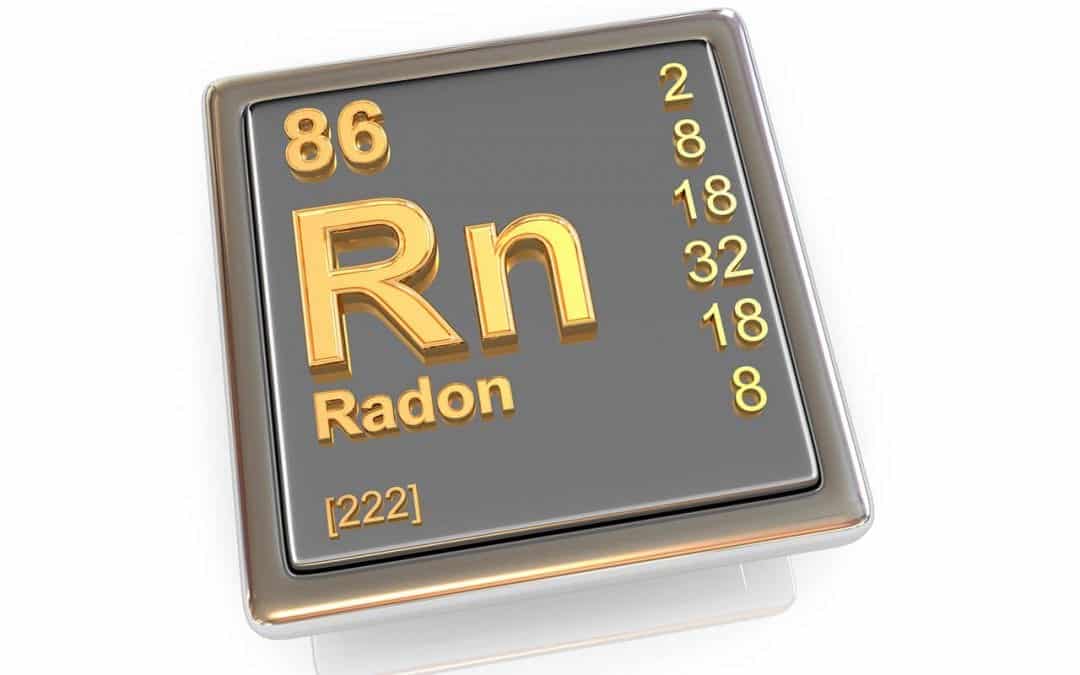When you’re buying or selling a home, there are countless details to consider—from inspections and appraisals to closing dates and moving trucks. But one often-overlooked factor can have serious long-term consequences: radon.
What Is Radon?
Radon is a naturally occurring radioactive gas that forms from the breakdown of uranium in soil, rock, and water. It seeps up through the ground and can enter homes through foundation cracks, sump pumps, and other small openings. You can’t see it, smell it, or taste it—but it could be in the air you’re breathing.
Why Is Radon a Concern?
The biggest reason radon matters is health. According to the U.S. Environmental Protection Agency (EPA), radon is the second leading cause of lung cancer in the United States, second only to smoking. And the risk is not just theoretical—elevated radon levels have been found in homes across the country, including right here in Connecticut.
Why Buyers Should Care
-
Health & Safety First: Radon is a serious health hazard, especially with long-term exposure. A radon test during the inspection period provides peace of mind.
-
Negotiating Power: If elevated levels are found (above 4.0 pCi/L, the EPA’s action threshold), buyers can negotiate for the seller to cover the cost of a mitigation system.
-
Future Resale Value: Knowing the radon levels—and addressing them—can help protect your investment and make future resale smoother.
Why Sellers Should Care
-
Stay Ahead of the Game: Testing for radon before listing your home allows you to address any issues upfront, reducing the risk of surprises that could delay or derail a sale.
-
Boost Buyer Confidence: Providing buyers with a recent, low-level radon test result is a great way to demonstrate transparency and care.
-
Simple Fix, Big Impact: If elevated levels are found, mitigation systems are typically straightforward to install and cost-effective—often under $1,500.
How a Radon Mitigation System Works
If a home’s radon levels are elevated, a radon mitigation system can be installed to reduce those levels—often dramatically. The most common and effective method is known as a sub-slab depressurization system.
Here’s how it works:
-
PVC Pipe Installation: A hole is drilled through the concrete slab in the basement or lowest level. A PVC pipe is inserted and runs either vertically through the home or outside along an exterior wall.
-
Fan System: A continuously running fan draws radon gas from beneath the foundation and pushes it up through the pipe.
-
Outdoor Venting: The gas is vented safely above the roofline, where it quickly disperses into the air.
-
Sealing Cracks: Foundation cracks and other potential radon entry points are sealed to maximize system effectiveness.
Why It’s Worth It:
-
Quick Results: Most systems reduce radon levels within 24 hours.
-
Low Maintenance: Radon fans are quiet and require minimal upkeep—usually just a periodic check.
-
Affordable Peace of Mind: A typical system costs between $1,000 and $1,500 and can make a huge difference in both health and home value.
Bottom Line
Whether you’re buying or selling, radon shouldn’t be an afterthought. It’s a silent risk that’s easy to test for and manageable to fix. By addressing radon early, you’re not only protecting health—you’re also protecting your deal.


 Facebook
Facebook
 X
X
 Pinterest
Pinterest
 Copy Link
Copy Link
